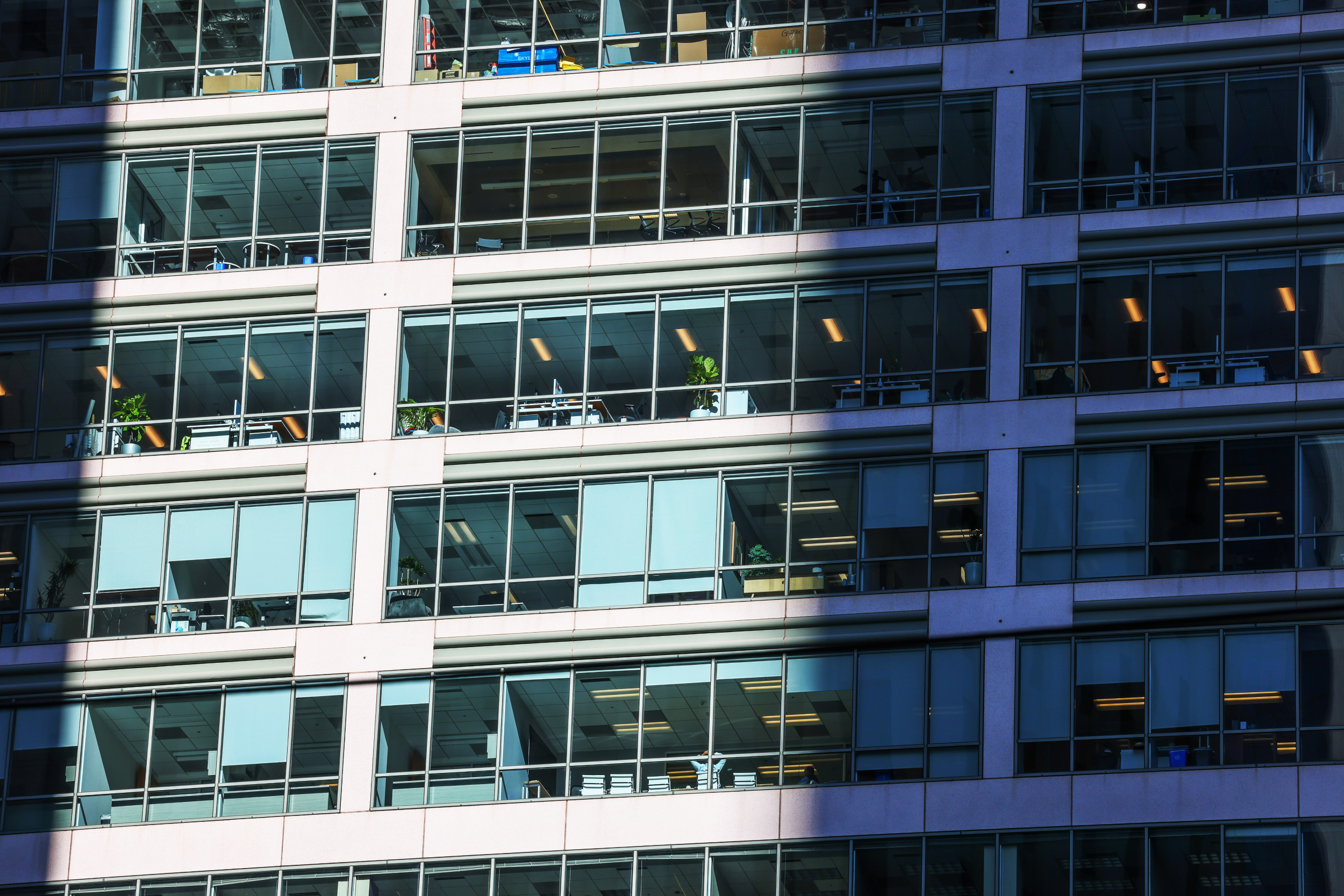As San Francisco struggles to get out from under its highest-ever office vacancy rate, a stagnant sublease market plays an ever-increasing role in the city’s commercial real estate crash.
San Francisco has the largest sublease market of any U.S. metropolitan area, with 7.2% of its overall office inventory available for sublease, having doubled that figure since late 2019.
Phoenix is the only market that comes close to SF’s level of unenviable sublease supremacy, now ranking second in the country with 5.7% of its inventory in sublease.
“San Francisco’s large concentration of technology-related industries and hybrid work options have shrunk demand for tenant space and led to more sublease availabilities,” says Erwin Abidog, research director at Cresa, a real estate brokerage firm that specializes in representing tenants looking for space around the country.
Indeed, Salesforce, Airbnb, Meta, Dropbox and Uber are the companies with the largest amount of sublease space on the market in San Francisco. Data from Cresa shows that some of that space has been listed since 2019, but a big chunk was just listed: More than 1 million square feet of subleased offices hit the market in the last quarter.
In total, the biggest subleases available in the city from 13 companies account for 3.5 million square feet of office space.
With 9.6 million square feet now available, SF has more sublease inventory than ever before—even during the period following the dot-com crash and the Great Recession, according to Cresa. And that figure has remained somewhat consistent throughout the pandemic.
Since availability hit current levels in early 2021, sublease space has accounted for around 10% of the total San Francisco office market, while an increasing amount of direct lease space continued to pile up.
Unfortunately, the result is that sublease space is not flying off the shelves. Quarterly transactions have been stuck in the 200,000-square-foot range since mid-2022. One reason is that Cresa’s data shows that the size of each sublet transaction is dropping, reaching around 7,600-square feet, on average, during the first quarter.
Today, the San Francisco commercial real estate market is plagued by large amounts of negative “net absorption”—the gap between the number of square feet rented versus put on the market every quarter.
The bottom line? Neither direct nor sublease space is moving off the SF market as fast as new space is coming onto it.
Adding to the problem, many of today’s San Francisco subleases will expire in the next three years. By the end of 2025, an additional 4 million square feet of space will become available, causing real estate analysts to express concern about the trajectory of one of the city’s leading industries.
The Trouble with Supply and Demand
After months of reading news about companies announcing a departure from some or all of their SF offices, the first quarter vacancy rate in the city hit 29.5%, its highest-ever point.
One reason is that the overall supply of SF market inventory grew by more than 4 million square feet during the pandemic, according to real estate broker, CBRE. That means that there is even more brand-new space in the city to compete with sublease opportunities that may not be as up-to-date.
One trend that has been evident is a “flight to quality” as tenants are offered a buffet of choice amid the soaring vacancy rate. That means companies are drawn to transit centers and places with more amenities and top-tier premium buildings.
“With the value of real estate currently, there are many times you can both save cost and improve the quality of your space,” said Cresa managing principal Janna Luce. “And tenants are seizing that opportunity.”
The dramatic increase in supply coupled with today’s relative lack of demand means that prices are dropping.
“There are still ‘trophy’ properties like the Transamerica Pyramid, for example, that renters will splurge on, but for everything else, there is significant downward pressure on pricing,” says Erwin Abidog.
And with so many subleases available, tenants are sometimes contracting for less space than is offered, which lowers prices even more and decreases cash opportunities for the original lessor.
Sublease Availability and Pricing Around San Francisco
As of the end of March, subleases were priced at $56 per square foot city-wide, compared with about $74-$75 per square foot for direct leases, according to Abidog.
Around the city, Mission Bay subleases commanded the highest price of $67.74 per square foot and those in Union Square were priced the lowest at $38.65.
Cresa data shows that, by far, the most sublease space is available in the Financial District, with 56 million square feet of space currently available, and net absorption at -1.2 million square feet for the southern end of Downtown.
While the situation is most severe in San Francisco, Abidog says he sees evidence that commercial real estate troubles are spreading throughout the Bay Area.
“Even relatively stronger performing markets in the Silicon Valley and East Bay are starting to show cracks,” says Abidog.
